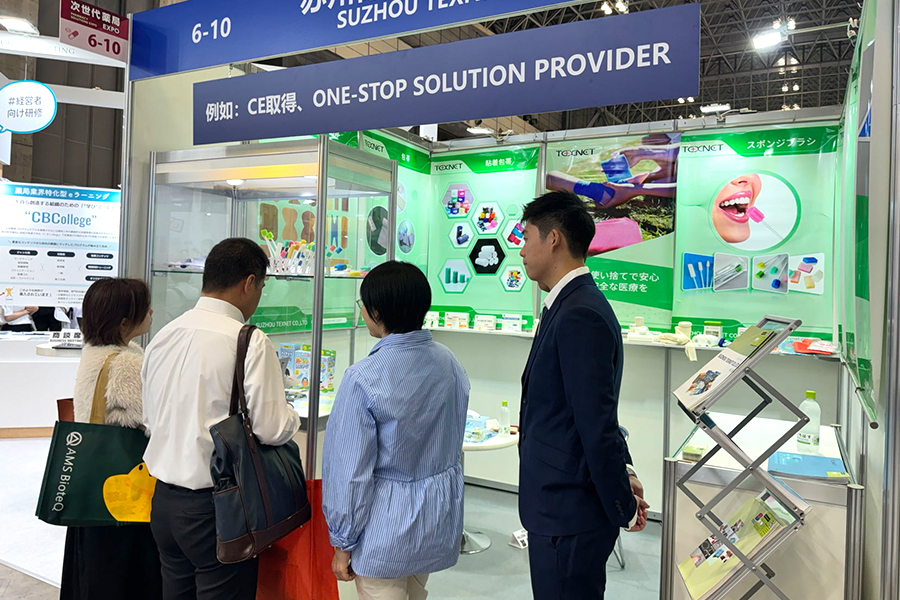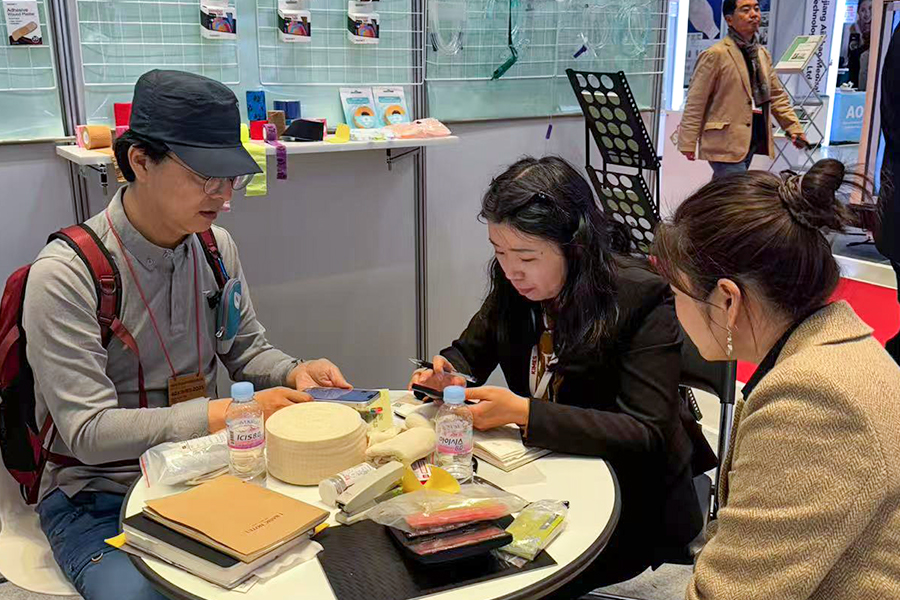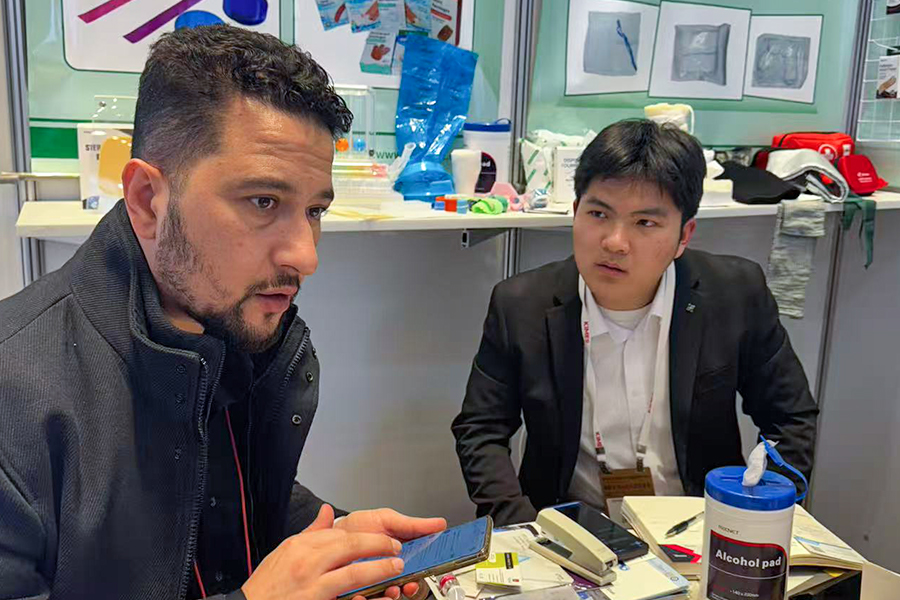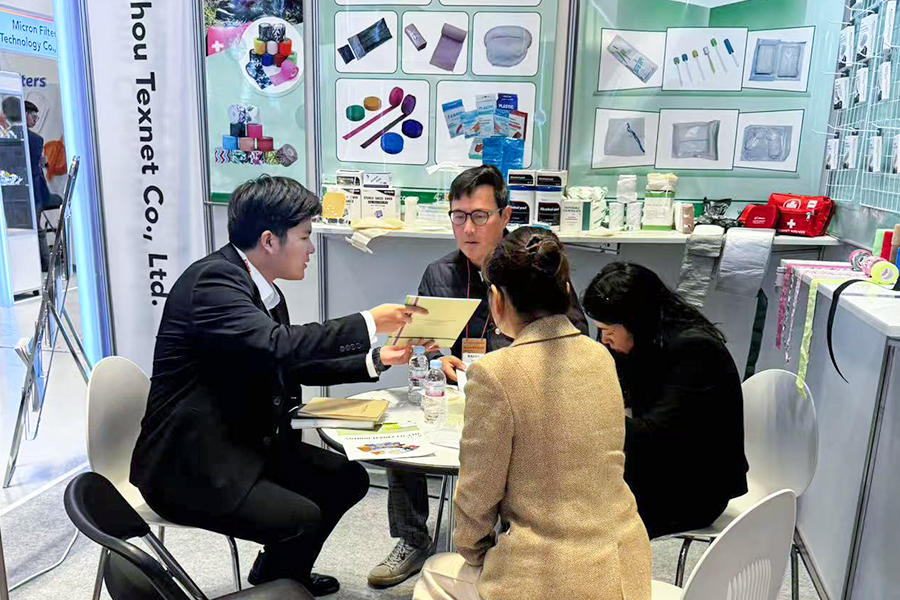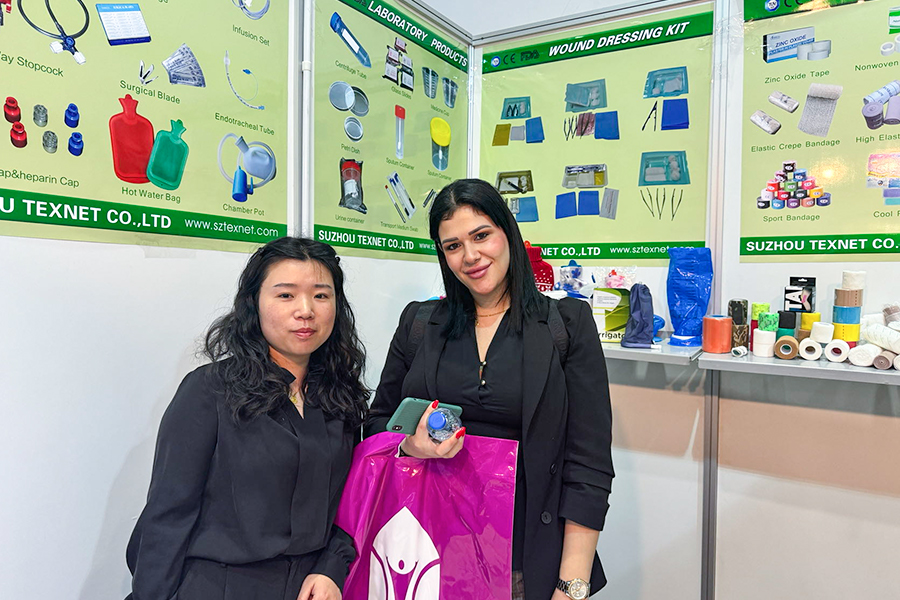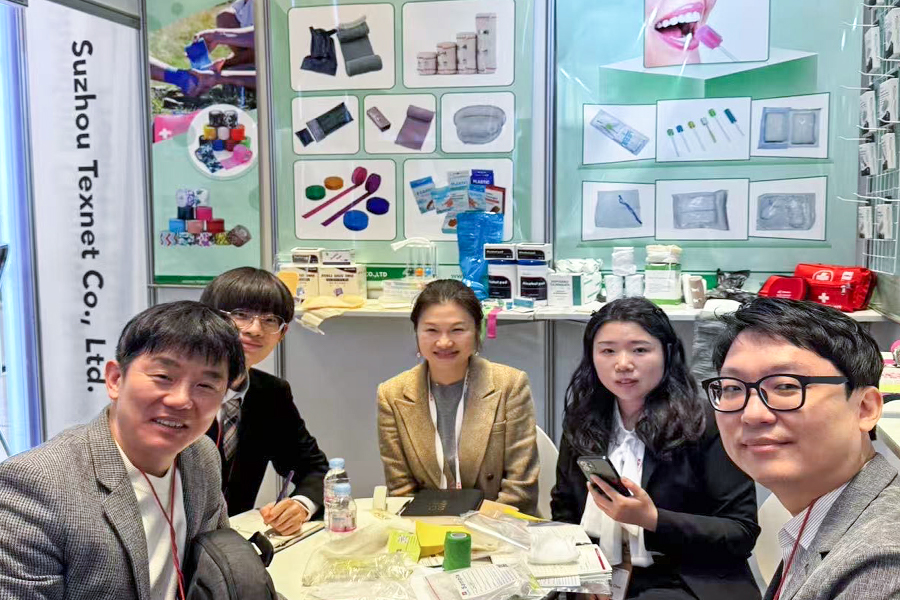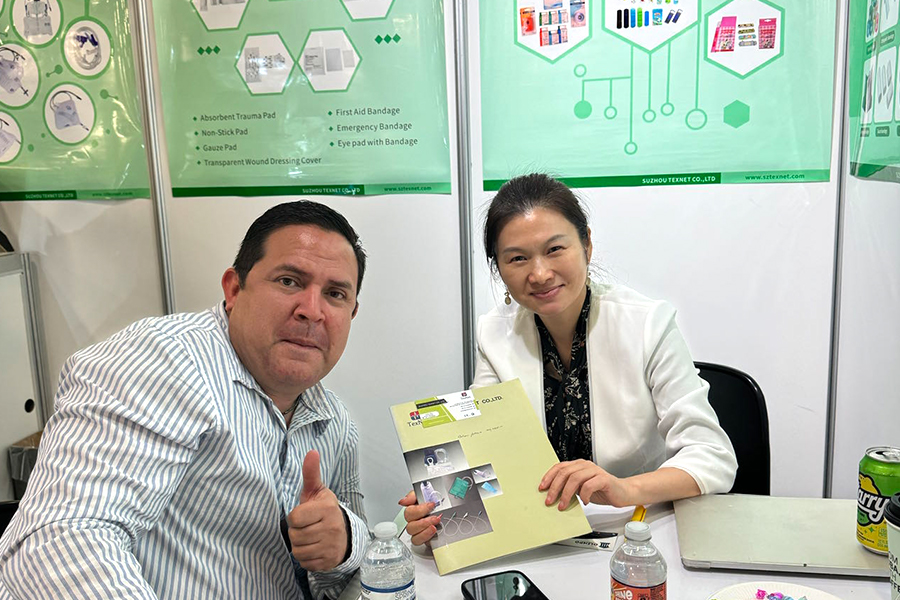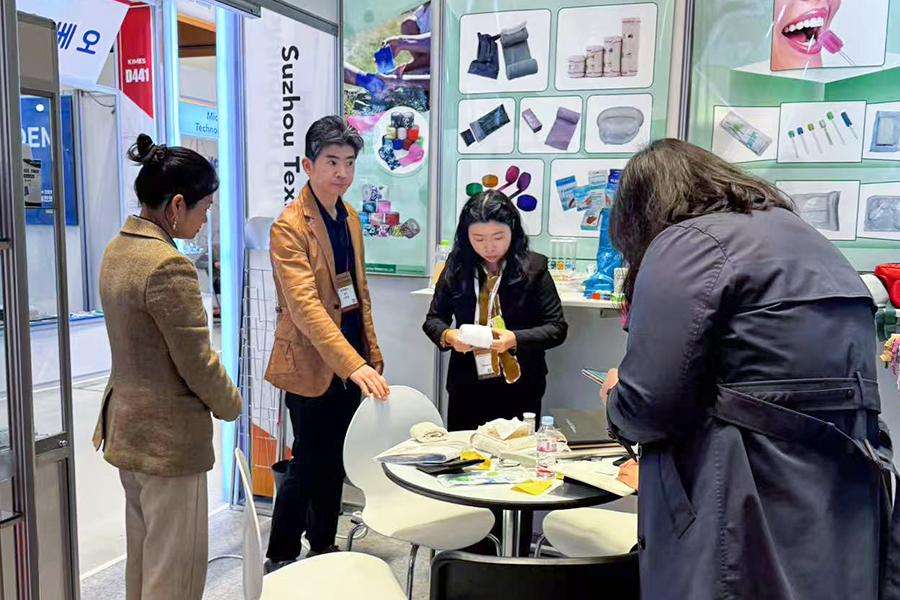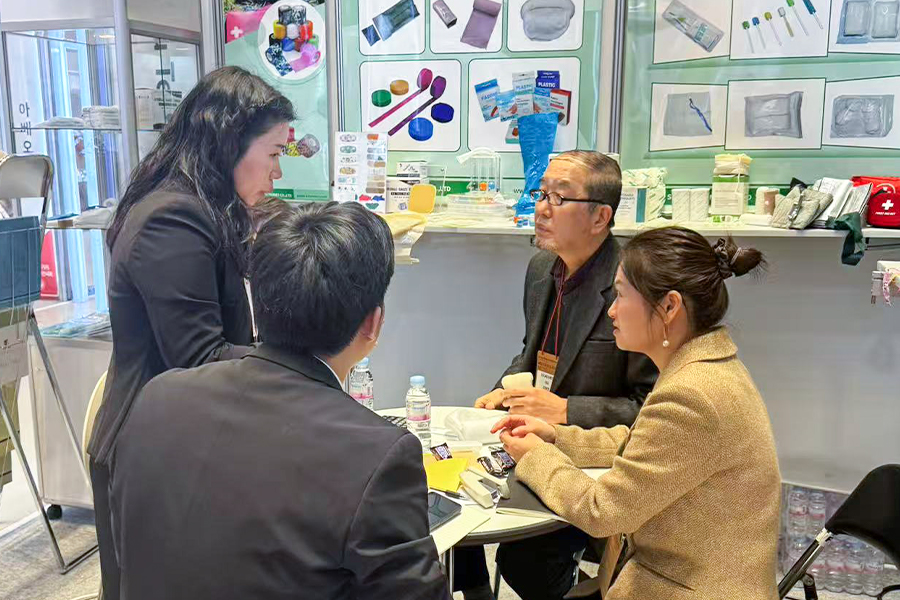
Feeding Bags: Ensuring Nutrition for Those Who Need It Most
Feeding bags, also known as enteral feeding bags or nutrition bags, refers to a medical device used broadly in the delivery of liquid nutrition. This type of products is commonly applied in the therapy for patients with swallow disorders, mostly caused by neurological diseases like stroke or Parkinson's disease, cancer or severe malnutrition.
The enteral feeding system has been applied in medical treatment for many years, tracing back to the early 20th century, hospitals and clinics already started to use rubber tubes and glass containers as tool for liquid food delivery, helping those who suffered from swallowing disorders to gain nutrition. As the modern medicine and healthcare develops, in the late 20th century, the enteral feeding bags has already featured more safety parts and technologies, the products were started to be made of soft, sterile and disposable materials and the enteral pump was also invented within the 1960s, allowing doctors and medical staff to control the pace of liquid delivery.
Nowadays, to ensure the safety in application, feeding bags are primarily made from medical-grade plastic materials, such as PVC, silicone, or BPA-free or DEHP-free options. Feeding bags come with tubing for delivery and ports for filling or adding medications, connected to a feeding tube, the bag delivers nutrition directly to the digestion system of the patient, many feeding bags also includes anti-reflux valves to prevent backflow or other unsafe risks, additionally the liquid formula could also be adjusted in order to suit the nutrition need of different patients.
Generally, feeding bags could be categorized into two major variants, one comes with gravity based systems, the feeding bags are hang by the patients and the nutrition liquid would flow through the feeding tube due to gravity and deliver to patients’ stomach or intestine, and the other is equipped with enteral feeding pumps to control the rate and volume for nutrition delivering.
The significance of feeding bags in medical treatment is mainly the function of filling the nutrition gaps, these products could be used not only in hospitals or other professional healthcare institutions but also at home, the flexibility enables long-term condition management for those who unable to consume food with oral intake. For cancer patients, due to the side effects of surgery and radiation treatment, they may not be able to eat, thus the nutrition delivery maintain their strength and immune function, for patients with stroke or Parkinson’s disease, they may experience difficulty in swallowing, and enteral feeding could help avoid the Inadequate nutritional intake. The feeding bags could also used by children or elders with diseases that influence the swallowing function, the tailored nutrition formula delivered could provide long-term treatment support with the application of feeding bags, especially with enteral pump that precisely control the pace of delivery.
In recent years, governments, healthcare framework and institutions have been frequently updating the standards of feeding bag manufacturing in order to ensure the safety in product application. For example, the ENFit feeding bags, which is popular in the European medical segment market, are currently governed under ISO 80369-3 for connector safety, Regulation (EC) No 1935/2004 and Regulation (EU) No 10/2011 for food contact materials, and the new Regulation (EU) 2025/351 for stricter purity and migration limits. These regulations and standards have put influences to medical device manufacturers and pushed the products to be developed and improved with more advanced designs, material supervision and quality assurance, other than safety focus, these standards also make sure the process of production could be operated under environment friendly and sustainability considerations.
As mentioned, the ENFit Feeding bag, which TEXNET is also currently manufacturing and supplying to many markets, has been broadly used especially in the EU markets in recent years, this type of feeding bag features a newly designed ENFit connector, developed basing on the latest ISO standards, the ENFit connector ensures the connection safety with unique lock mechanism so that the tubes could be connected properly, ensuring the entire enteral system works effectively and efficiently. The other safety measures are also more strict for this type of products, for example, material are under standards to make sure harmful substances would not be transferred into the formula and packaging and labeling are also under inspection of new rules.
Feeding bags, as essential medical devices, provide safe and effective nutritional support for patients unable to consume food orally. With advanced designs and stringent regulatory standards, feeding bags play a vital role in both hospital and home care settings, significantly improving patients' quality of life.
-
Practical Guide — Mucus Ext...
1. What a mucus extractor for adults is and when to use it A mucus extractor (also called a suction catheter/aspirator or nasal aspirator when used for upper airways) is a device that removes mucus, secretions, or fluids from the nose, mouth, or upper airway in adults who cannot clear them independe...
-
Suction Swabs — Types, Uses...
1. What are suction swabs and how are they constructed? Suction swabs (also called suction tips or absorbent suction sticks) are single-use medical/clinical accessories designed to absorb fluids while allowing suction systems to remove liquids, debris, or foams from a treatment site. They combine an...
Copyright © SUZHOU TEXNET CO., LTD.


 English
English Français
Français Español
Español Português
Português عربى
عربى







